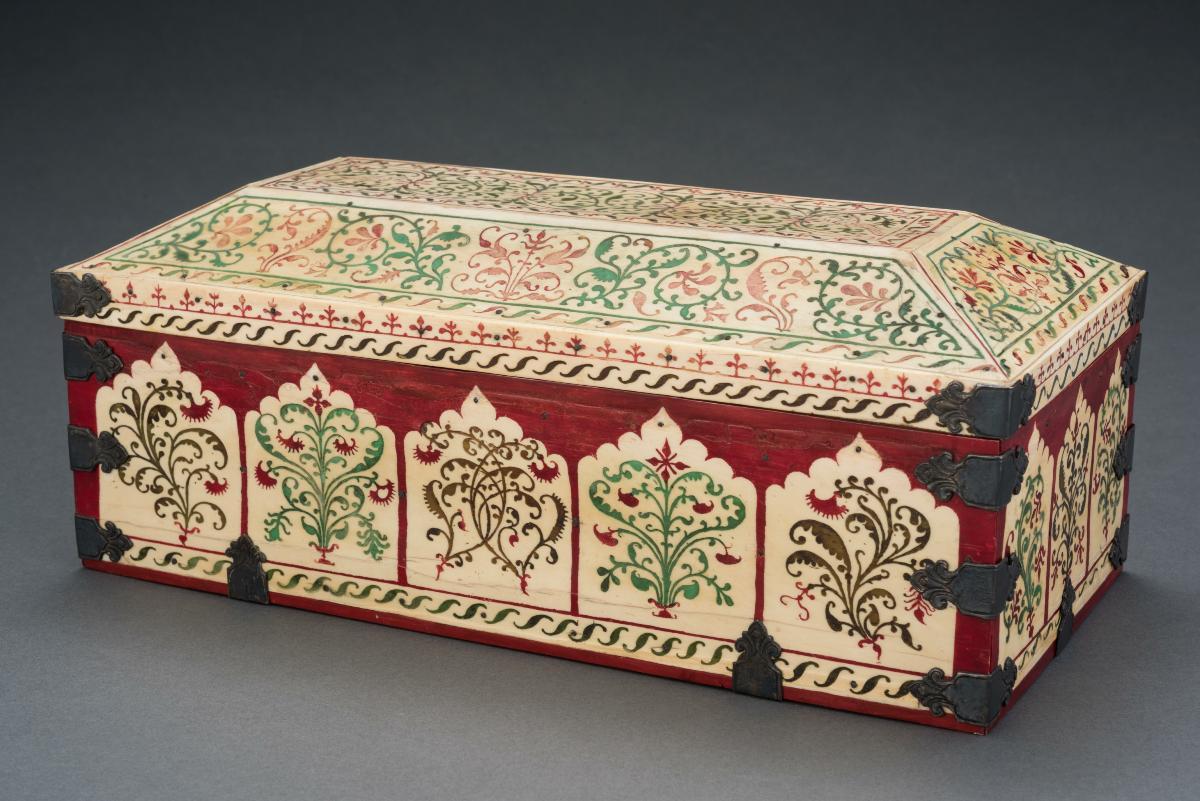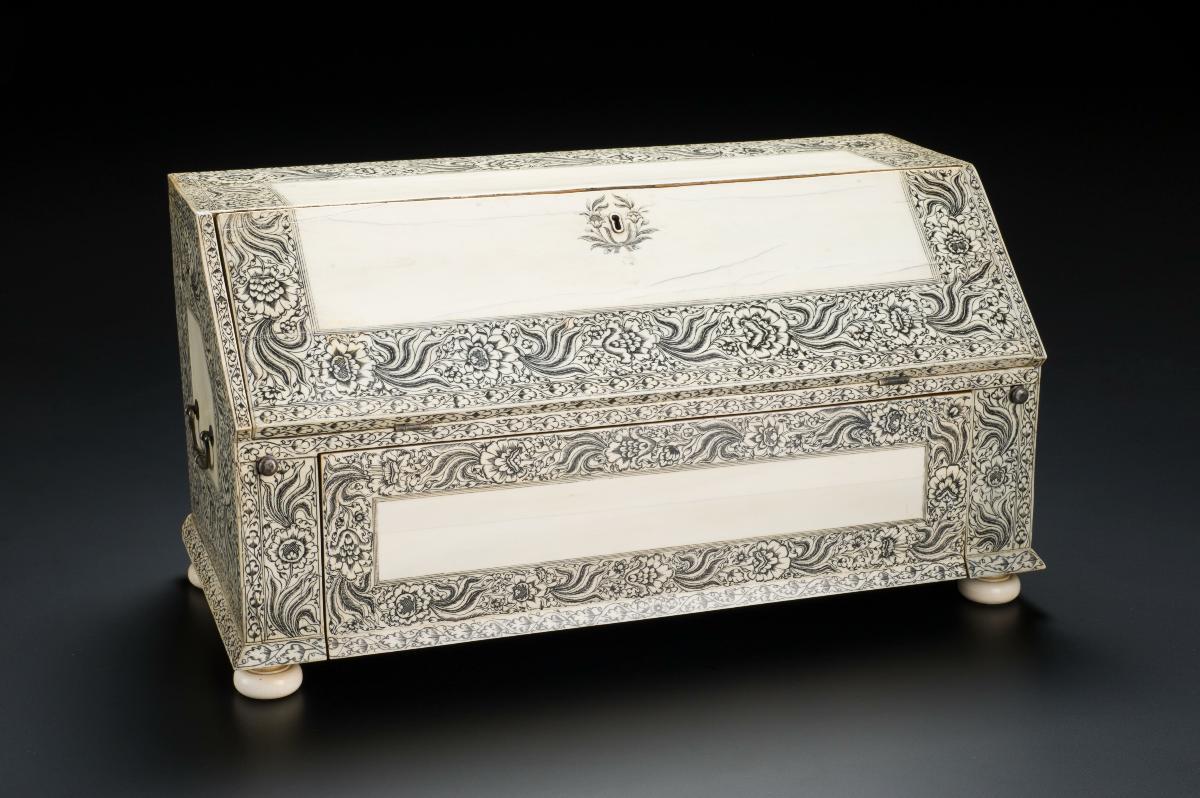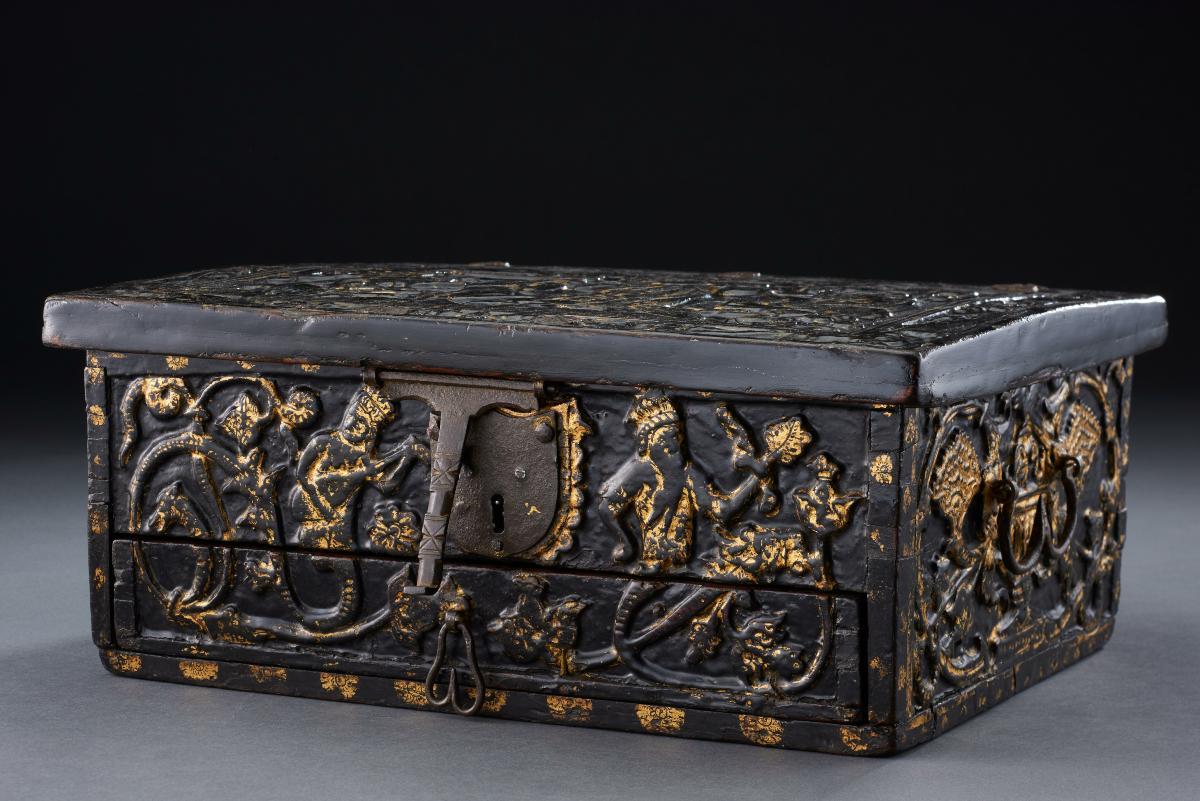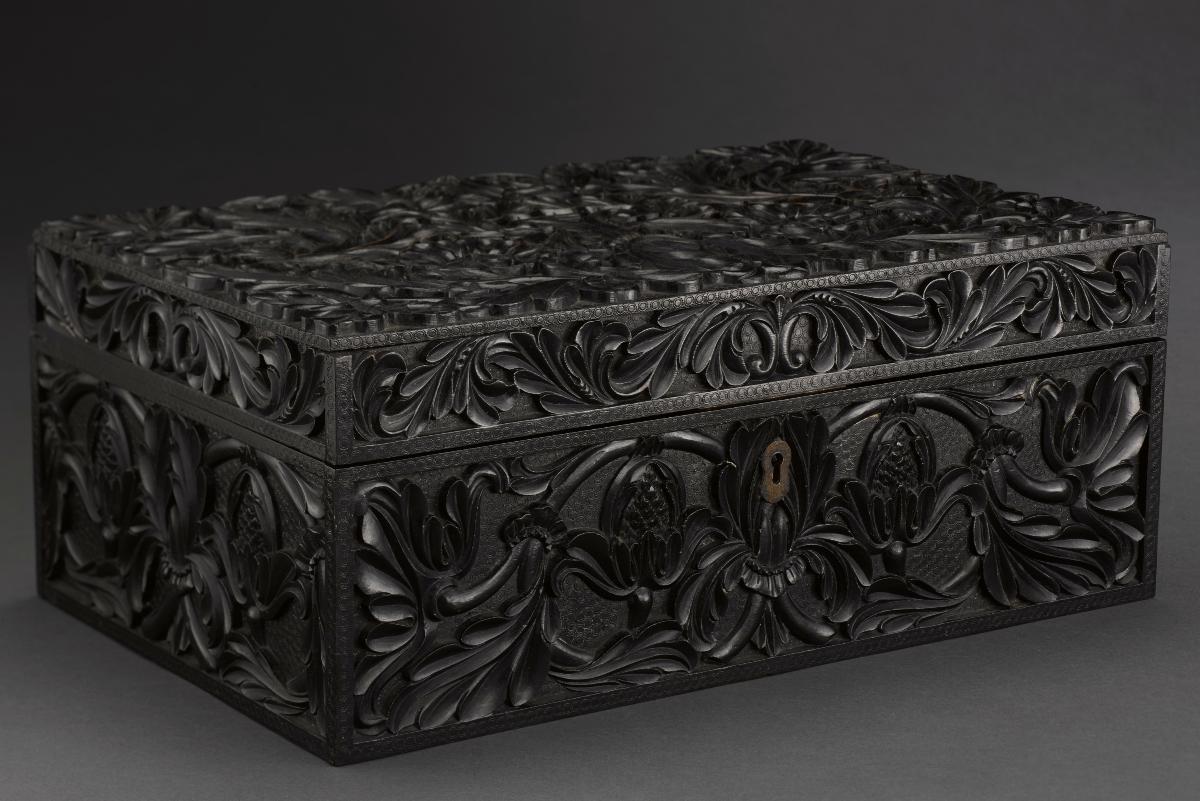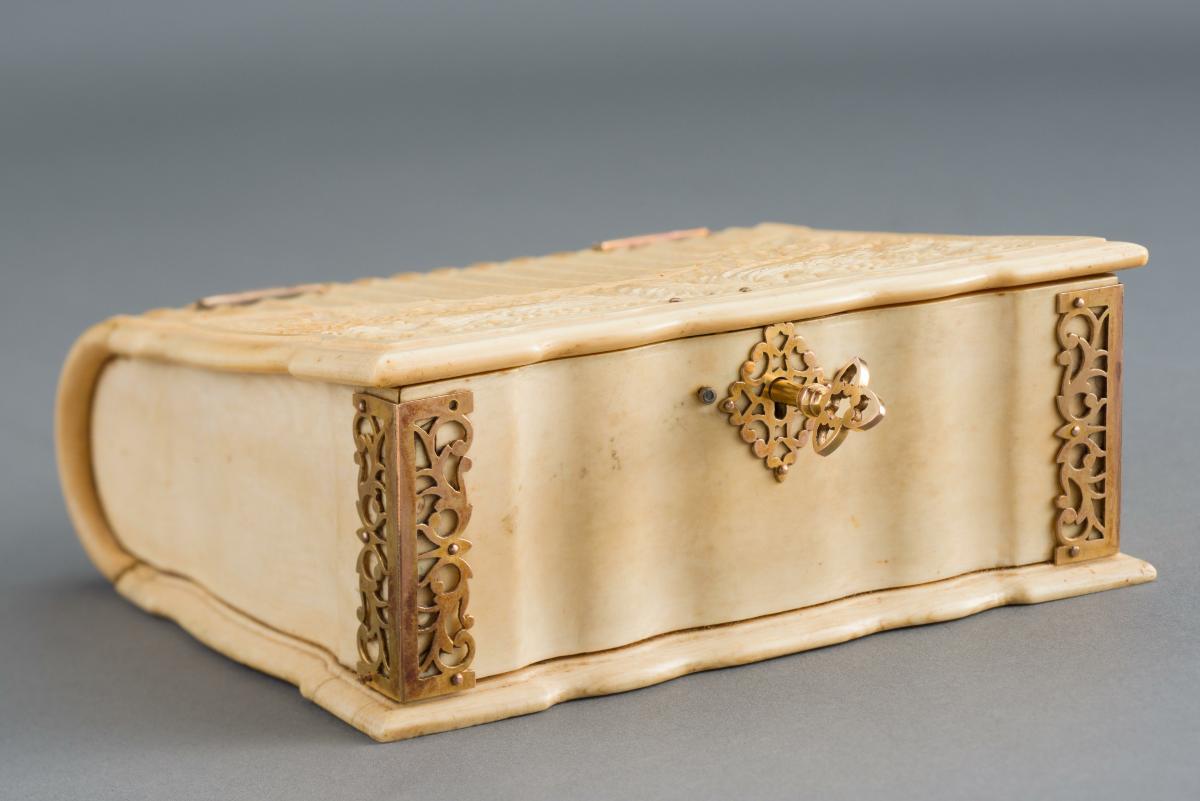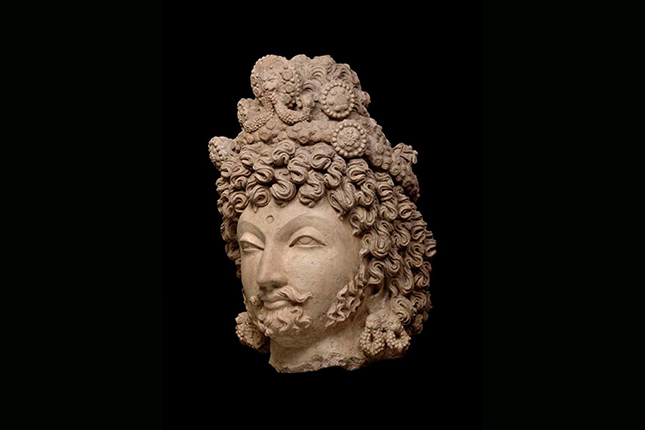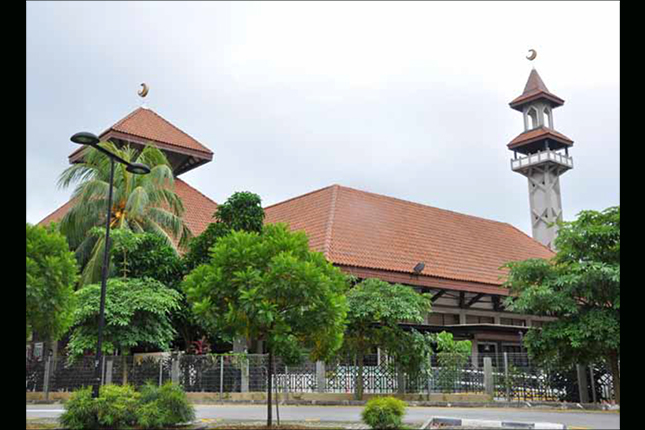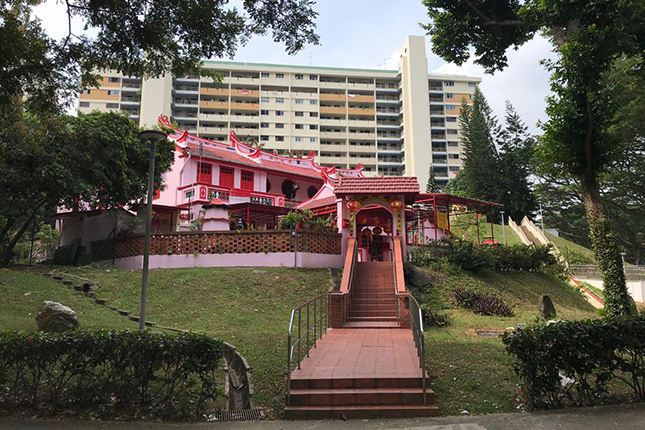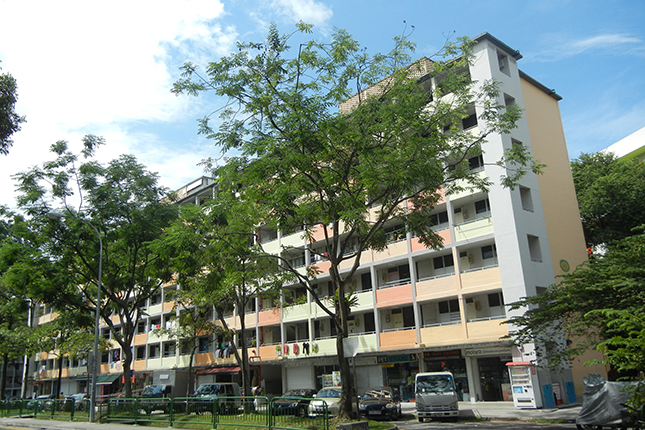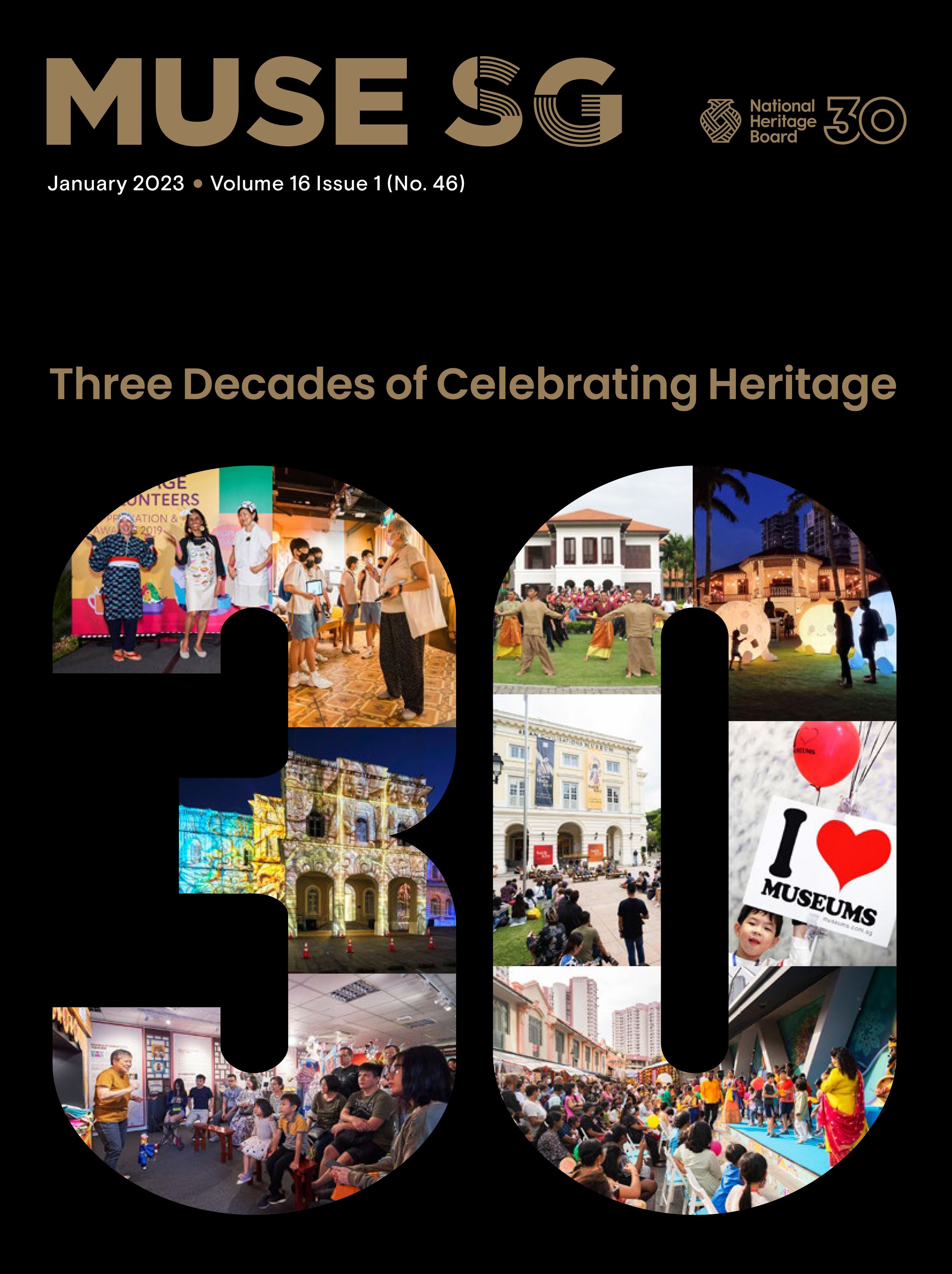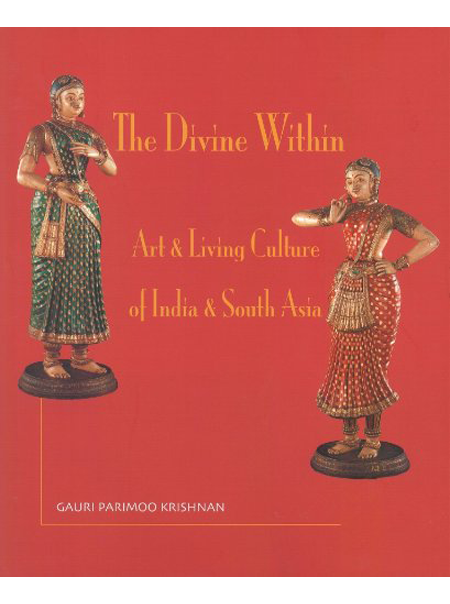Between the 15th and 20th centuries, distinct schools of Indo-European furniture evolved in India. Embodying the fusion of the Western form with Indian material and technique, Indo-European furniture were an important derivative of the spice trade that the European Companies were engaged in South (India and Ceylon) and Southeast Asia (Batavia). The Coromandel Coast, a region of early textile production, lined with international ports, received traders from the East and the West, and emerged as an early centre of production of Western-style furniture. For instance, the craftsmanship of these artisans suggests their exposure to Western examples and Western-style Asian creations; a familiarity which grew with the establishment of the European powers in India. Other centres of European trade and settlement such as the Malabar and Gujarat Coasts and Bengal also became centres of production; while trading centres such as Goa, Surat and Cambay also functioned as sourcing points for readymade furniture. This artefact is a good example of decorative cabinets, tables, chairs, and other furniture made in India for export to Europe in the sixteenth to seventeenth centuries. This box was made in the Malabar region, ivory incised and stained. Floral patterns stained in hues of red and green over the surface, the joints strengthened with brass fittings.




